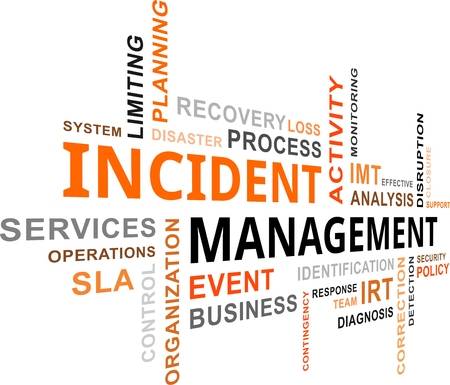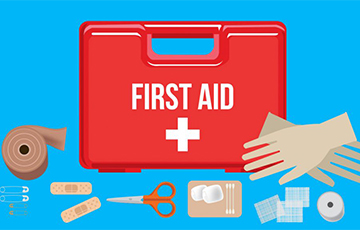Emergencies, such as fires and explosions, immediately threatening the health of the workers, cannot be ruled out in most companies. In order to minimise the impact, it is necessary that every person in such a situation knows exactly what to do. This requires repeated exercises or drills. Planning and execution of these exercises has to be based on the experience of real scenarios, it has to involve the workers, and the performance has to be evaluated. The drills have to be performed frequently to ensure that no one forgets the processes.
We Benefit And Review All Brands Of Flame Caution Frameworks And Introduce Frameworks From A Scope Of Top Notch Makers. Our Professionals Are Reliably Progressive Through Unfaltering Preparing In The Developing Innovation Behind The Frameworks. Our Group Of Professionals Has Broad Preparing And Qualifications, Including NICET-Confirmation, And They're Knowledgeable About Investigating, Introducing, And Adjusting Fire Alert Frameworks.
When You Pick Koorsen To Introduce A Flame Alert Framework Or To Assess, Administration, Or Update A Present Framework, You Get The Quality Of A Group That Is Known For Being Proficient And Solid. Would You Need Anything Less With Regards To The Wellbeing And Security Of Lives And Property? Converse With Us Today To Make Your Business More Secure.








